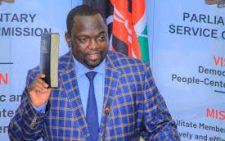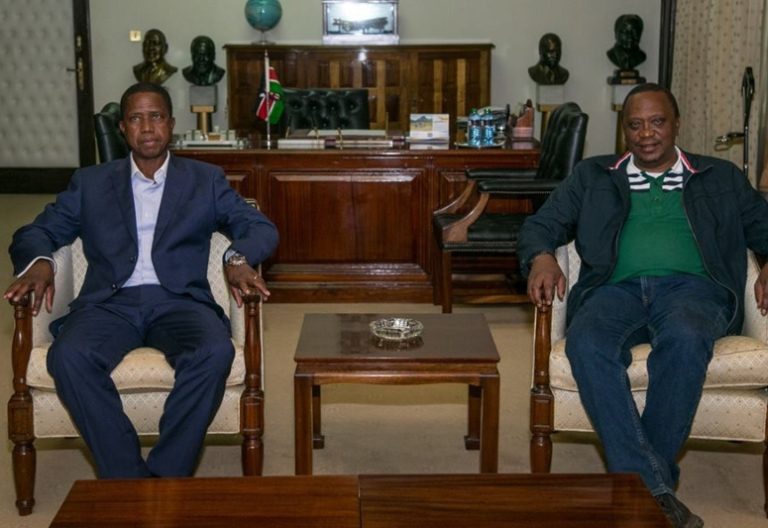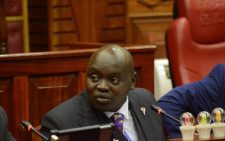It’s a vicious war pitting YouTube content creators and claimants of copyrights
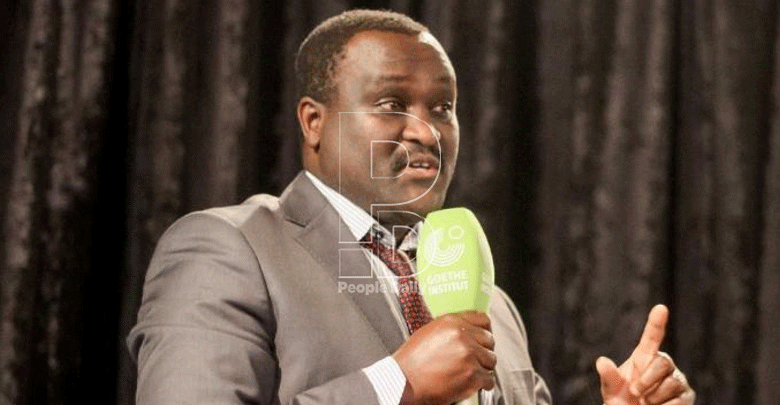
Copyright issues have plagued online video sharing platform YouTube and its community for years, but creators globally are now calling this moment in time one of the worst eras for the platform.
Multiple artistes and other YouTube content creators have run into headwinds with what they describe as aggressive copyright claims from record labels and other individuals.
It is a major problem for content creators as it leads to a tense balance between the interests of video creators and musicians, with YouTube caught in the middle.
Confusion over how copyright claims work is affecting vloggers, podcasters, memesters, and everyone in-between.
Lately in Kenya we have witnessed a number of copyright infringement claims that have led to YouTube taking down some music videos.
The frequency of these claims begs the question as to their legitimacy; with some musicians claiming that some of the accusers could be taking advantage of the YouTube’s strict algorithms and fair use policies to frustrate them.
On June 11 this year, Mejja’s hit banger Tabia za Wakenya was pulled down from YouTube over a copyright claim. In just three weeks after its release, the jam had garnered more than two million views.
The claim was from an up-and-coming artiste known as Kevin Ochieng aka Revina, who alleged that Mejja and his producer Vicky Pon Dis stole the song from him.
Revina—who is based in Nairobi’s Mathare slums—further alleged that he had recorded the song at Vicky’s studio before the genge artiste put it up on his YouTube channel without his consent.
Three months later, the song is yet to be re-uploaded on YouTube, but Mejja maintains that he never sampled the song from anyone.
“I feel that YouTube uses computer-generated criteria instead of a real human to decide if a song should get a strike by a copyright claim.
Because if a human being listens to the two songs even if they don’t understand the language, they will get the big difference between them,” he tells Spice.

More accusations
The pulling down of Tabia Za Wakenya came just weeks after another accusation was made against Mejja, which cost him dearly as his song Naitwa Mejja got pulled down from YouTube just hours after it’s release.
However, Mejja insists that other than chasing clout, the accusers are playing a dirty game, taking advantage of the strict YouTube copyright laws to blackmail others.
“When this happened, I had to call some of the big artistes that had initially found themselves in such similar situation and all of them confessed that they had to pay the plaintiff for their songs to be released by YouTube. But for how long will they pay these hoodlums?
I have to go the lawful way to solve this; even if it will take longer, it will be worth it. This situation is worse than kidnapping.
I have been approached by people trying to convince me to bribe them for the song to be released.
Most of the artistes are also discouraged to release music since you have to set aside the budget for the audio, video and now for the dirty business that is slowly draining the music industry in Kenya,” he laments.
He goes further to accuse bloggers of working in cahoots with the copyright claimants, labelling them as the “biggest threat” in the music business.
“The bloggers are being used as a weapon by the complainants to taint our names.
They get paid to write about these copyright claims and when it gets to the public domain, it becomes easy for YouTube to remove the song from the platform.
But the problem is that they (bloggers) never peruse further for the other side of the story,” Mejja tells Spice, intimating that there is a strong need to have copyright laws in the country reviewed to capture the digital sites, such as YouTube and other social media platforms.
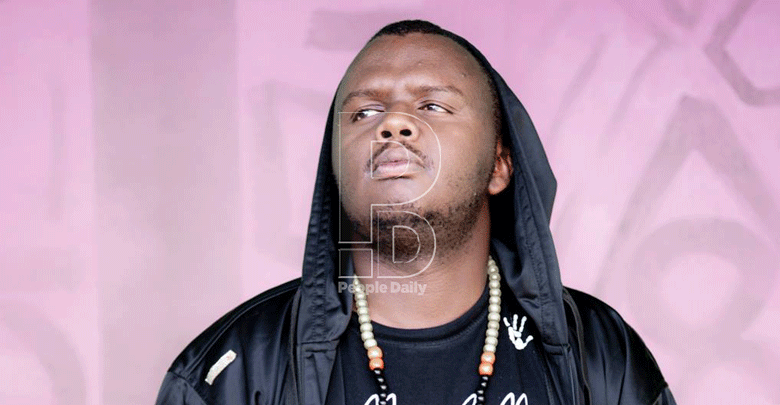
Rapper and music producer Krispah feels that the laws should be strict to anyone found guilty of extorting money from people over fake copyright strikes, himself being the latest victim of copyright strike for his massive hit Ndovu Ni Kuu featuring rappers Khaligraph Jones and Boutross.
The strike came after yet another fledging artiste Dexta claimed that the song was a sample of his song titled V8.
On July 21, however, the song that had amassed 3.5 million views on YouTube was put back on the platform and has since accumulated over one million more views.
“I used a lawyer who took the matter to court until the complainant withdrew from the case. Initially, the plaintiff wanted a payment of Sh200,000 in order to release the song.
The removal of the song from YouTube affected me both positively and negatively.
From a negative perspective, the mainstream media and dejaays shied away from playing it, as it had an active case in court.
But from a positive viewpoint, it exposed the dirty game being played behind the scenes that involves extortion. Luckily, there is a legal way to handle such problems,” Krispah confides.
Krispah felt crushed after his first big hit got the copyright strike. He says YouTube should find an alternative way to tackle copyright claims.
He adds that audio streams from platforms, such as Boomplay, Mdundo and Spotify are always to the artiste’s rescue when their songs get pulled down from YouTube, as they are able to earn some revenue.
Course of law
Copyright lawyer Tony Odeck says unlike before, user-generated platforms, such as YouTube and Twitter are nowadays strict on copyright, since they are legally liable for any copyrighted material they hold, thanks to the controversial Article 13 of the EU directive, also known as the ‘meme ban’.
It targets commercial web hosts that “store and give the public access to a large number of works or other subject-matter uploaded by its users, which (they) organise and promote for profit-making purposes”.
“While this comes as good news to the entertainment industry, it could mean the demise of small and medium-sized content creators.
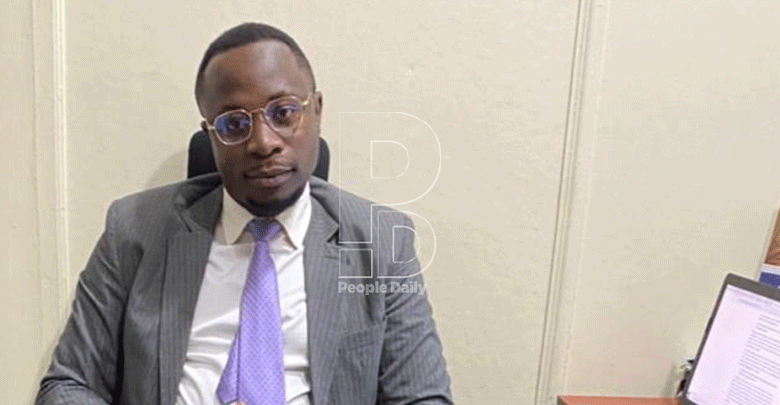
In Kenya, the continued existence of copyright-infringing material on a website can be construed as a continuing violation and thus fall under the distribution clause under section 35 and 38 of the Copyright Act, thus giving rise to liability.
Following the enforcement of this law, social media platforms will have no option but to enforce stricter regulations and filters regarding content upload in order to avoid lawsuits.
Even now, the YouTube algorithm has been known to make mistakes and takedown content that do not infringe on any policy or directive.
Therefore, a stricter version of the algorithm will probably become a nightmare scenario for any creative,” he explains.
On the other hand, he states that creatives will have to steer towards the making of original content, or run the risk of facing a lawsuit.
“When a record label issues a copyright claim, it has two options; either pull down the video entirely or allow the video to remain up and collect some or all of its ad revenue.
Because of requirements under the Digital Millennium Copyright Act, YouTube is obligated to take down copyrighted content that has been uploaded by users, with little incentive to question ambiguous cases once they’ve been identified by a label.
This is all possible because of a much-heralded tool YouTube has built known as Content ID.
It allows copyright holders to upload their content to YouTube’s system, which will then scrub through the millions of videos uploaded every day in search of violations,” intimates Odeck.
Creators do have some options to contest a copyright claim or update their videos.
That often requires going back into a video, editing out impacted segments, and either working within the existing video or entirely re-uploading it.
YouTube offers a handful of tools to help creators caught up in copyright claims.
An audio–swapping tool can remove copyrighted songs that are preventing creators from getting paid.
YouTube’s current appeals process also ensures that people can address copyright concerns without losing ad revenue, so long as they do it within five days.
Artistes who upload cover versions of songs may also be able to split the revenue with the publisher or original composer, depending on YouTube’s agreements.
There are also online classes that YouTube encourages users to take to better understand how fair use and monetisation works when using licensed works.
Set infrastructure
More so, the Kenya Copyright Board (Kecobo) has been at the forefront of implementing measures to safeguard musicians copyrights, funds and streamline the deeply troubled sector.
According to the board’s executive director Edward Sigei, the organisation is made up of professionals and experienced managers in the private sector and senior civil servants.
In early 2020, after a comprehensive analysis of the sector’s many problems, a framework for the comprehensive reform of the copyright sector was formulated and is being implemented.
“The pillars of this framework, include zero tolerance for the misappropriation or improper use of artistes’ royalties, ending the harassment of the public in the name of royalty collection, automation of the processes of copyright registration, royalty collection and distribution and the general administration of the sector.
Others are the institutional reform and strengthening organisations involved, information and training of artistes on their rights, craft and other areas of personal and professional growth,” he says.
Sigei adds that in 2020, the board partnered with the ICT ministry and collective management organisations established an integrated system for registration of copyright, licensing of music use, royalty management and media monitoring.
“Artistes can now undertake online copyright registration, including uploading their works, view and manage all their registered copyright works, make payment against the application where applicable, and receive and print their copyright registration certificates virtually,” he says in conclusion.



